-
For Knowable Magazine, Betsy Mason looks at the state of (not so good) data visualization in science and offers some direction for how it can improve:
[S]cience is littered with poor data visualizations that confound readers and can even mislead the scientists who make them. Deficient data visuals can reduce the quality and impede the progress of scientific research. And with more and more scientific images making their way into the news and onto social media — illustrating everything from climate change to disease outbreaks — the potential is high for bad visuals to impair public understanding of science.
-
It’s time to kick the tires on some new tools.
Read More -
You’ve probably seen the composite map of lights at night from NASA. It looks a lot like population density. Tim Wallace adjusted the map for population, so that you can see (roughly) the areas that produce more light per person.
Adjusting NOAA nighttime lights for population reveals areas that create an outsized amount of light per person living there. pic.twitter.com/k91cGyWvLd
— Tim Wallace (@wallacetim) November 10, 2019
-
There are a lot of variables to consider, but for people of middle income, here’s a suggestion, based on when you start saving and when you want to retire.
-
For xkcd fans, here’s a JavaScript library by Tim Qian that lets you style your charts like xkcd.
There’s something about sketchy, comic-style charts that makes the data feel more approachable. Maybe just because it’s different or looks more casual? I mean, I would use the style sparingly and maybe not in your next business meeting, but it’s kind of fun to mess with. You can also do this in R and Python of course.
-
People tend to have more money saved up over time, but range and variation also grow, and often it’s not enough.
-
Elizabeth Warren has big plans, and they would cost a lot with a big shift in government spending. The New York Times breaks it down.
I realize the topic here is important, but NYT’s bubble game is on point in this piece. Check out those transitions as the bubbles funnel into the screen from the top and how the pie-like segments rotate as each segment is highlighted.
Force-directed graphs, for the win, amirite.
-
Members Only
-
Randall Munroe of xkcd was on the Data Stories podcast. He talks about his work, his process, and communicating complex ideas to a wide audience. It’s amazing how much of his process overlaps with visualizing data.
-
Interested in reviews on the Sephora website for waterproof makeup, Connie Ye figured she might as well scrape all of the reviews and filter for the ones that mention crying:
I ended up scraping about ~5k reviews, and 105 of them mentioned crying, sobbing or tears, giving a ratio of about 1/50. This is of course a biased number because the products the reviews are for are meant to withstand water, but I was still surprised to find so many. I was also surprised by how confessional and emotional people were willing to be in their reviews; I saw stories about breakups, death of loved ones, weddings, fights and more. However, despite the tragedy underlying many of the stories, the tone was often strangely positive, providing exuberant praise for the product that allowed them to maintain their makeup throughout the tragedy.
I have no idea what I would do with this dataset, but I feel like someone can figure out a worthwhile use.
You can also browse through the reviews using Ye’s straightforward viewer.
-
Stephen M. Stigler argues that data have a limited shelf life. The abstract:
Data, unlike some wines, do not improve with age. The contrary view, that data are immortal, a view that may underlie the often-observed tendency to recycle old examples in texts and presentations, is illustrated with three classical examples and rebutted by further examination. Some general lessons for data science are noted, as well as some history of statistical worries about the effect of data selection on induction and related themes in recent histories of science.
In a nutshell, while data itself doesn’t change, everything around it — the people who collected the data, the things that the data is about, and where the data came from — changes over time.
-
In a follow-up to a map from a few years back, Andy Woodruff provides a gripe assistant tool for Daylight Saving Time. Plug in your preferences for an ideal day, and you can see if you’re in the right or in the wrong for complaining.
Obviously if you have kids, the whole map is automatically yellow.
-
I always enjoy me some scale of space graphics. Neal Agarwal made an interactive browser that starts at astronaut scale and quickly zooms you out to larger objects with a fisheye view.
See also: if the moon were a pixel, planets from various perspectives, a scaled physical model of the solar system, and the really slow speed of light.
-
Laughter online is full of nuances. A capitalization of some letters or a single space can change the meaning completely. Good thing The Pudding is examining the subject.
-
Members Only
-
ProPublica, with The Advocate and The Times-Picayune, estimated chemical concentrations in a highly polluted area along the Mississippi River that will probably get worse soon:
The industrial stretch of the Mississippi River between Baton Rouge and New Orleans, a region known as “Cancer Alley,” is one of the most highly polluted areas in the country. A ProPublica analysis using a scientific model developed by the Environmental Protection Agency shows that some of the neighborhoods where new plants are being built already have very high concentrations of toxic chemicals. But Louisiana continues to approve the building of these new plants and the expansion of existing ones.
Yikes.
-
It was reported that 1 in 6 millennials have at least $100,000 saved. Is this right? It seems high. I looked at the data to find out and then at all of the age groups.
-
This month PG&E has been shutting down power to thousands of households in northern California because of high winds and wildfire risk. A lot of electrical equipment in the area is dated and in need of a repair. The Wall Street Journal mapped fire risk and bad circuits together.
-
I feel like satellite imagery has upped its skillset in recent years. According to Rob Simmon, the image below from Planet of the Kincade fire in Sonoma, California was taken from 600 miles away in Utah.
Planet SkySat imagery of the #KincadeFire captured at an extreme angle yesterday, October 27th. pic.twitter.com/WQd7RKsM81
— Planet (@planetlabs) October 28, 2019

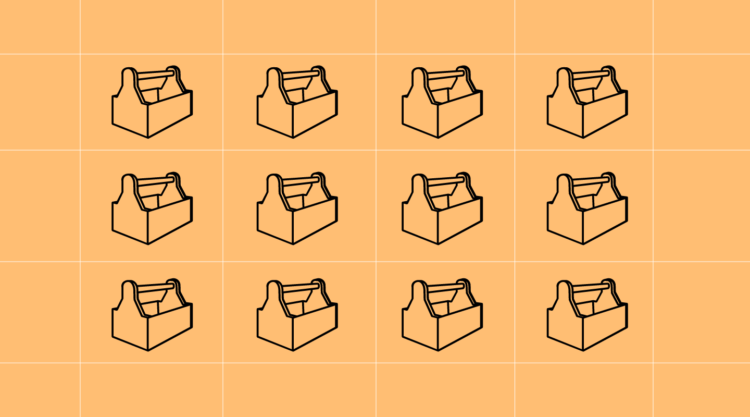

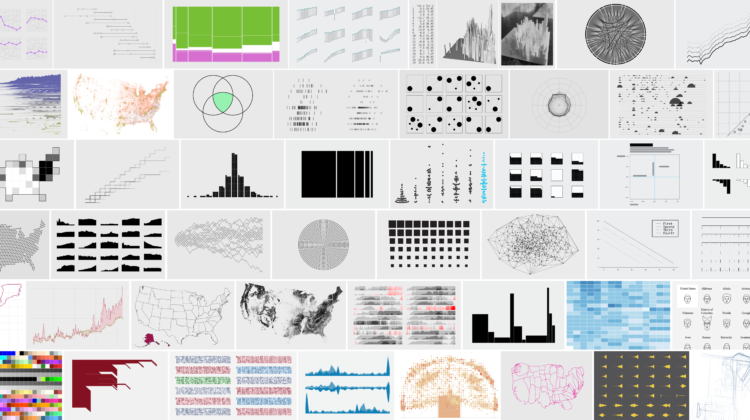

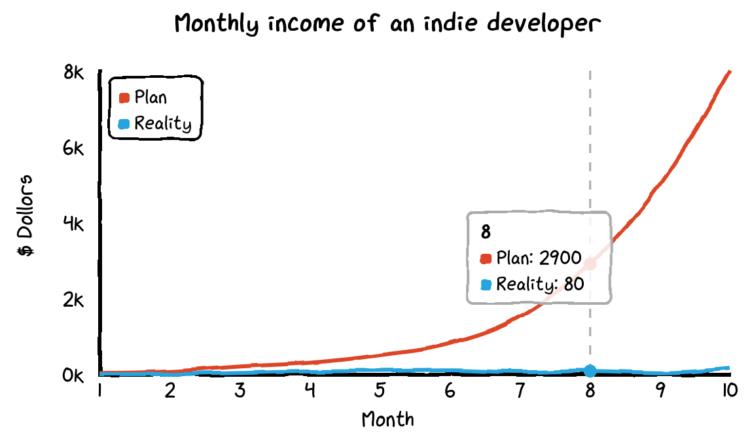

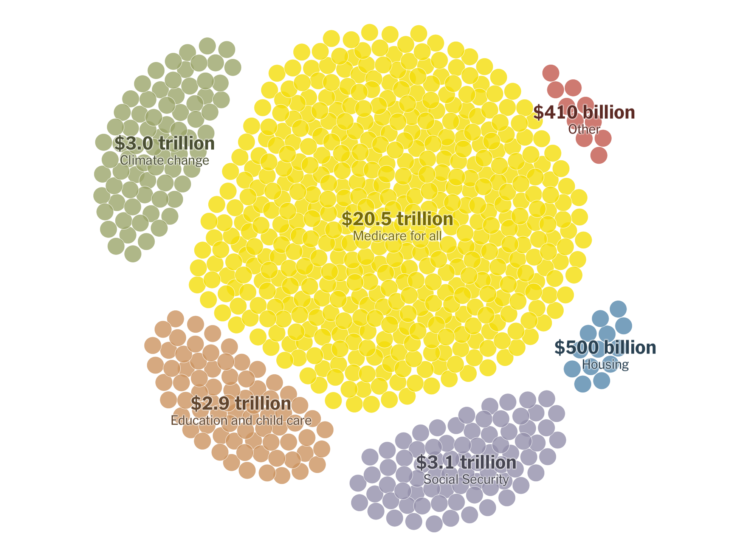

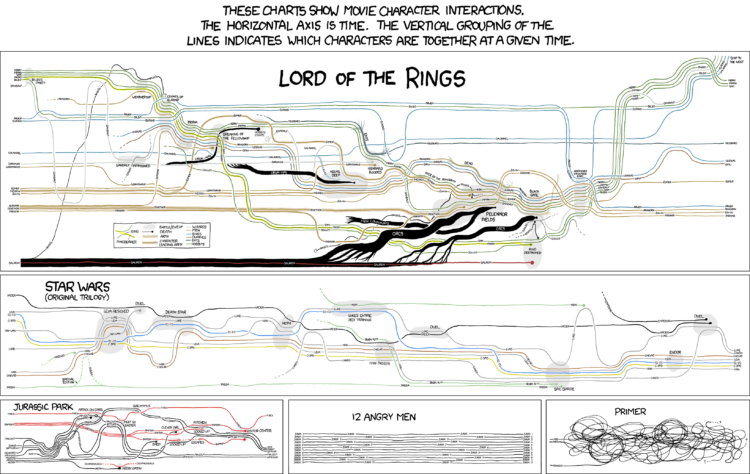

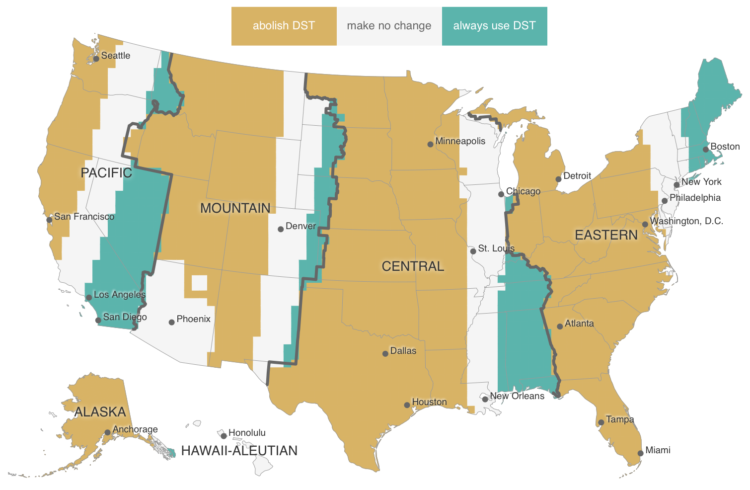

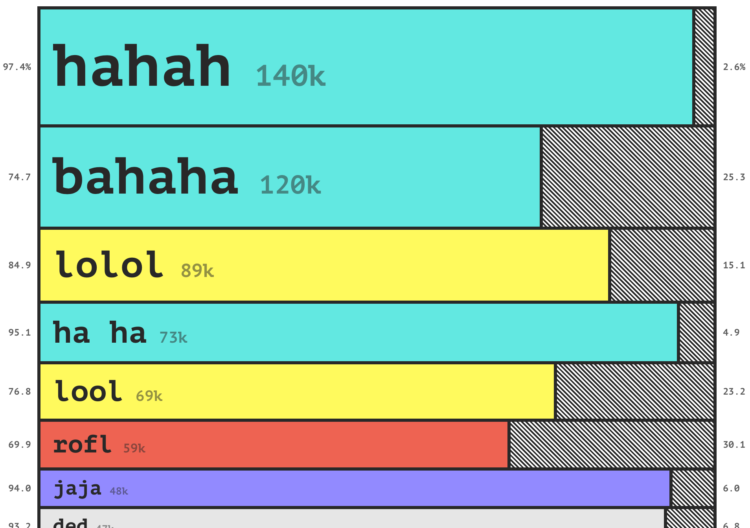



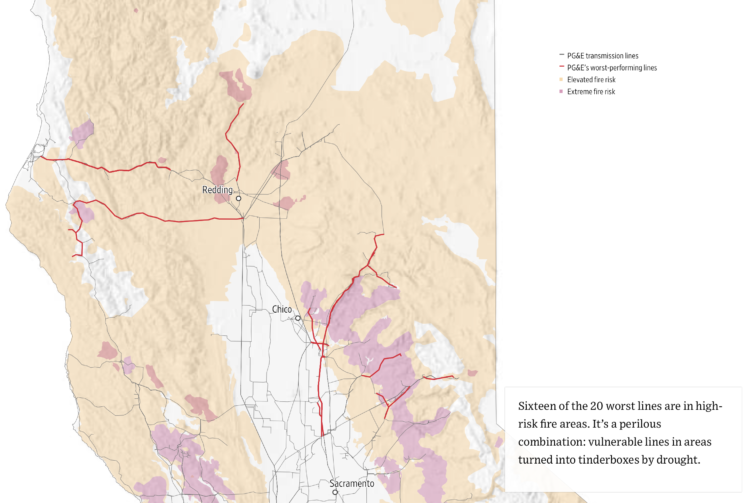
 Visualize This: The FlowingData Guide to Design, Visualization, and Statistics (2nd Edition)
Visualize This: The FlowingData Guide to Design, Visualization, and Statistics (2nd Edition)










